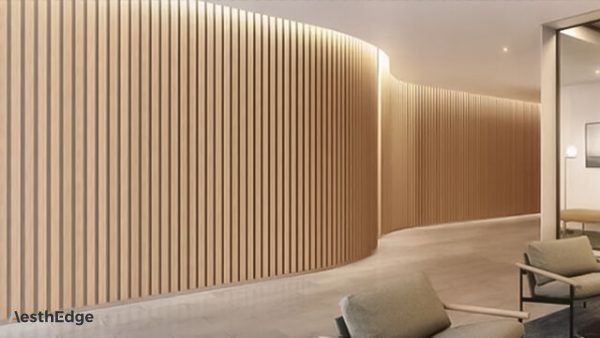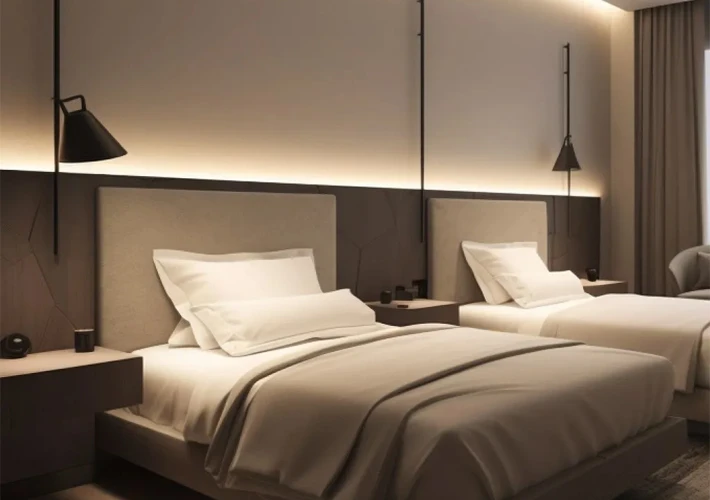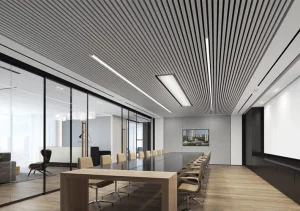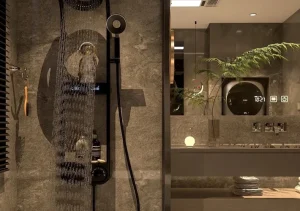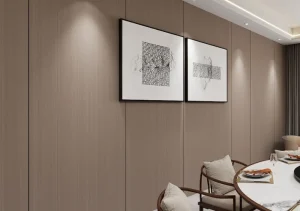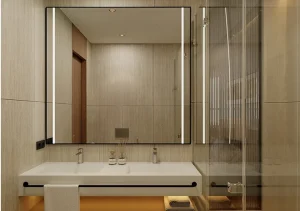Hotel renovation projects are highly complex undertakings that require careful planning, precise execution, and coordination across multiple disciplines. Unlike a simple refurbishment of a residential home, hotel renovation projects involve not only aesthetics but also compliance with safety regulations, brand consistency, guest experience, and long-term operational efficiency. For hotel owners, developers, or investors, understanding what a renovation project includes is essential to ensure that the project is completed on time, within budget, and in line with market expectations.
In this article, we will explore the scope of a hotel renovation project, covering everything from initial planning and feasibility studies to design, construction, interior decoration, and post-renovation operations. We will also analyze common challenges and best practices, with the aim of providing a comprehensive reference for hotel developers and suppliers in the hospitality industry.
Table of Contents
ToggleThe Importance of Hotel Renovation
Hotels, especially in competitive markets, need periodic upgrades to remain attractive to guests. The hospitality industry evolves with trends in architecture, interior design, sustainability, and technology. A dated hotel not only impacts guest satisfaction but also weakens brand positioning. Renovations serve several purposes:
- Enhancing guest experience – Modern guests expect stylish rooms, comfortable amenities, and advanced technology.
- Maintaining brand standards – Many international hotel chains require regular updates to maintain brand consistency.
- Increasing competitiveness – Renovated facilities help hotels attract more business travelers, tourists, and group events.
- Sustainability and efficiency – Upgrades to energy-efficient systems reduce operating costs and meet green building certifications.
- Revenue optimization – Renovated hotels often command higher room rates and improved occupancy levels.
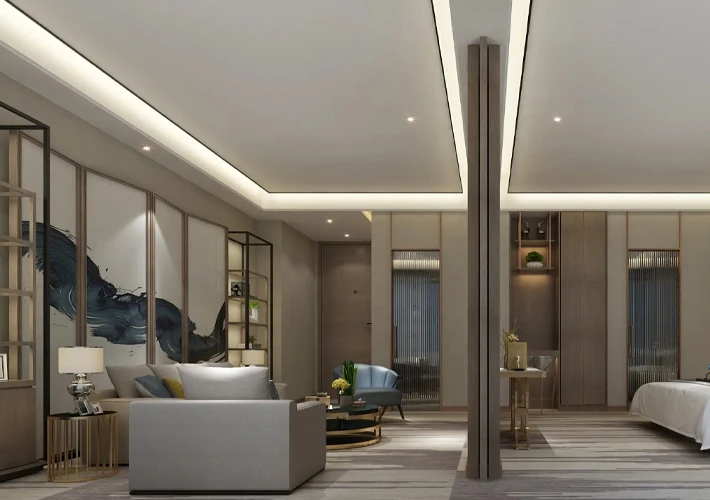
Key Phases of a Hotel Renovation Project
2.1 Feasibility Study and Market Analysis
Before any design or construction begins, owners must evaluate whether a renovation project is financially and operationally viable. This includes:
- Market research: understanding guest expectations, competitor offerings, and industry trends.
- Feasibility analysis: estimating ROI, payback period, and long-term revenue impact.
- Property assessment: examining the current condition of the building, infrastructure, and mechanical systems.
2.2 Budgeting and Financing
A hotel renovation requires significant capital investment. Budgets are usually divided into:
- Soft costs: architecture, design, permits, project management.
- Hard costs: construction, materials, furniture, fixtures, and equipment (FF&E).
- Contingency reserves: typically 10–15% of total cost to address unexpected expenses.
Financing may come from hotel owners, investors, or bank loans. International hotel groups sometimes provide partial funding for brand-mandated renovations.
2.3 Design and Planning
Design is the heart of any renovation project. It involves collaboration among architects, interior designers, engineers, and brand representatives. Key design considerations include:
- Lobby and public spaces: First impressions matter; renovations often focus on creating open, welcoming, and functional spaces.
- Guest rooms and suites: Updating flooring, wall panels, bathrooms, furniture, lighting, and technology.
- Food and beverage outlets: Restaurants, cafés, and bars are reimagined to match current lifestyle and dining trends.
- Conference and event facilities: Modern audiovisual equipment and flexible layouts are essential for business travelers.
- Wellness and leisure areas: Gyms, spas, and pools are upgraded to enhance guest satisfaction.
- Back-of-house areas: Kitchens, staff areas, and storage spaces must also be modernized for efficiency.
2.4 Compliance and Permits
Hotels must comply with local building codes, fire safety regulations, accessibility standards (such as ADA in the United States), and environmental laws. Renovation permits and inspections are necessary at multiple stages.
2.5 Procurement and Supply Chain Management
A significant portion of renovation projects involves sourcing FF&E (Furniture, Fixtures, and Equipment) and OS&E (Operating Supplies and Equipment). This includes:
- Beds, wardrobes, desks, and chairs for rooms.
- Carpets, PVC marble sheets, WPC wall panels, acoustic panels, and other finishing materials.
- Lighting fixtures and smart technology systems.
- Kitchen appliances, restaurant furniture, and decorative items.
International suppliers often play a critical role, especially for hotels looking for cost-effective yet high-quality imports from countries such as China.
2.6 Construction and Execution
This phase covers demolition, structural work, electrical and plumbing upgrades, and installation of new systems. The construction phase is usually phased to minimize disruption:
- Soft renovation: Cosmetic upgrades (painting, flooring, furniture).
- Hard renovation: Structural changes, mechanical system replacements.
- Full renovation: Comprehensive overhaul of both guest-facing and back-end areas.
2.7 Project Management
A dedicated project management team ensures that timelines, budgets, and quality standards are maintained. Tools like Gantt charts and BIM (Building Information Modeling) are widely used to coordinate tasks.
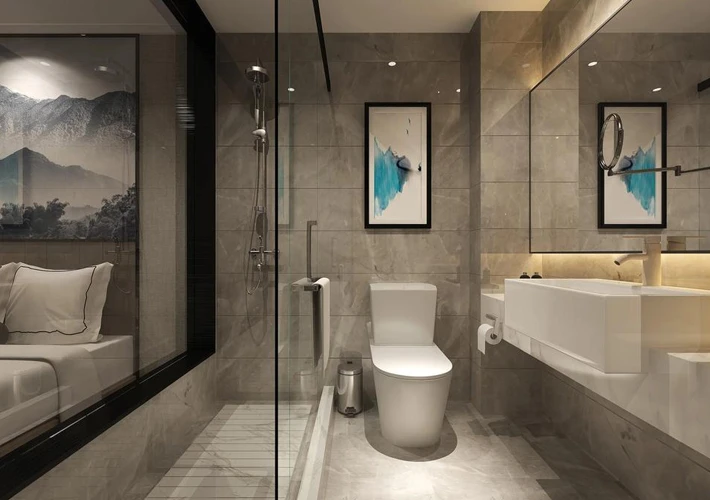
Areas Included in Hotel Renovation
3.1 Guest Rooms
- Flooring: upgrade to SPC flooring, carpets, or hardwood.
- Walls: installation of PVC marble sheets, acoustic panels, or wallpaper.
- Furniture: replacement with modern, ergonomic, and durable pieces.
- Lighting: smart control systems, energy-efficient LEDs.
- Bathrooms: new tiles, sanitary ware, mirrors, and vanity units.
3.2 Public Spaces
- Lobby and reception area redesign.
- Lounge seating and communal workspaces.
- Decorative wall panels, lighting, and signage.
3.3 Restaurants and Bars
- Kitchen equipment upgrades.
- Furniture and décor redesign to match brand identity.
- Compliance with food safety standards.
3.4 Meeting and Event Spaces
- Flexible partition systems.
- High-tech AV equipment.
- Acoustic wall panels for soundproofing.
3.5 Leisure and Wellness Areas
- Spa and sauna facilities.
- Gym equipment modernization.
- Pool and landscaping updates.
3.6 Exterior and Landscaping
- Facade renovation using WPC cladding, stone-coated tiles, or PU stone.
- Entrance canopy and signage upgrades.
- Outdoor lighting and landscaping improvements.
Technology Integration in Renovation
Modern hotel renovations increasingly focus on smart technology:
- Keyless entry systems.
- Smart thermostats and lighting.
- High-speed internet and charging stations.
- Self-check-in kiosks.
- Energy management systems for sustainability.
Challenges in Hotel Renovation
- Operational disruption – Hotels must remain operational during renovations, requiring phased construction.
- Budget overruns – Delays and unexpected costs are common.
- Supply chain delays – Especially with imported FF&E and construction materials.
- Regulatory hurdles – Strict compliance with building and safety codes.
- Brand requirements – Franchise agreements may impose design standards.
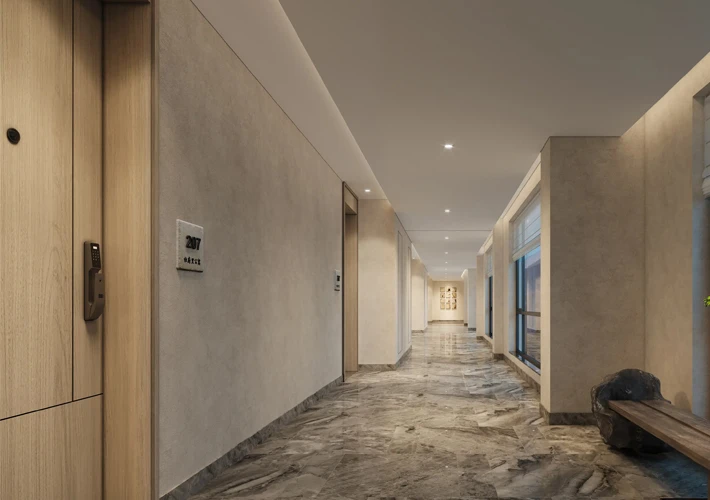
Best Practices for Successful Hotel Renovation
Detailed planning with contingency buffers.
Involving experienced consultants in design and project management.
Choosing reliable suppliers for FF&E and construction materials.
Implementing sustainable solutions to lower long-term costs.
Clear communication with staff and guests during renovation.
Post-renovation marketing to highlight the hotel’s new features.
Conclusion
A hotel renovation project is much more than a simple facelift. It encompasses strategic planning, financial investment, design innovation, regulatory compliance, construction, and technology integration. From guest rooms to public areas, from exterior facades to back-of-house spaces, every detail plays a critical role in enhancing guest satisfaction and operational efficiency.
For investors and operators, a successful renovation is not only about aesthetics but also about long-term competitiveness and profitability. Partnering with professional suppliers, contractors, and designers ensures that the project aligns with both brand standards and market demand.

